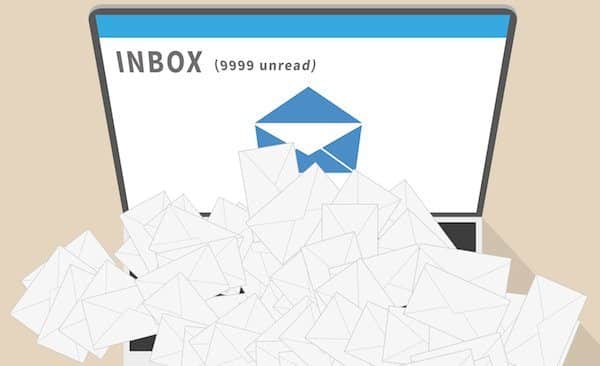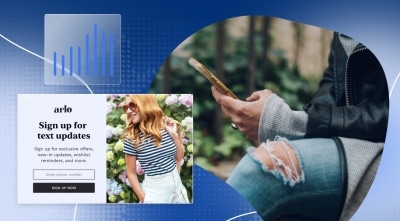Marketing
Innovative Approaches That Will Take Your Email Marketing to the Next Level
April 14, 2015

Want to take your email marketing to the next level? Download this Forrester email innovation report to discover what you need to prioritize to get the most ROI from email.
—
This post is Part 2 in a three-part series on email innovation by Cassie Lancellotti-Young. Read Part 1 here, and stay tuned for the final installment on finding the perfect technology partner.
Elevating an email marketing program is not as hard as it seems; it begins with leveraging data and technology that will enhance a brand’s connections to its customers. In this segment we’ll review insights from the recent Forrester report available now for download, The Time is Now to Innovate Email, and discuss some innovative strategies that can take your email program to the next level.
1. Personalization
If you aren’t personalizing your email marketing, it’s time to get on board. Gartner Inc. predicts that by 2018, companies that have fully committed to personalization will outsell companies that haven’t embraced personalization technology by 20%. At the same time, those who follow best practices for privacy in those personalization pursuits will see their revenue outpace those who do not by 5% to 10%.
And personalization goes well beyond the simplistic Dear <Customer Name>, or even beyond leveraging explicit segments such as the classical recency, frequency, monetary value framework. The next five years will be all about marketers tailoring each individual email message, leveraging omnichannel behaviors, predictions, interests and context.
2. Microsegment targeting
This approach uses predictive analysis of specific user groups, or “microsegments,” to target marketing messages more precisely (and again, in the ideal state, brands are actually thinking about the “segment of one” for a true 1:1 approach). Men’s apparel retailer Bonobos embraced the microsegmentation approach when it changed marketing messages based on the predicted value and attrition of different customer segments. The result: a 20% increase in customer lifetime value.
Sailthru Sightlines, our new predictive intelligence technology, lets you pinpoint which of your customers are likely to buy, how much they will spend, etc. and to tailor messages and incentives accordingly. One client who recently implemented the technology saw email purchase conversion grow by a whopping 25%. What’s more, they uncovered that the top 5% of customers spent 200% more than the next 5% (so the bottom half of the top 10%), proving the real potential and power of predictive intelligence.
3. Mobile first
With 60% of smartphone users accessing email on their mobile devices every day, it is imperative for brands to have a sound mobile strategy – one that takes into account how users interact with those devices (and more specifically, how that compares against how they behave on their desktops or laptops). Responsive design, which ensures your site and email render well regardless of the screen size or device, is just the beginning; it’s important to tailor your email, content, offers and delivery strategy to mobile consumption trends; for instance, given conversion is stronger on desktops, you might deploy promotional email only when the user is likely to be on desktop vs. mobile device.
4. Email address as Customer ID
Many of the retailers and digital marketers Forrester interviewed said they put a high priority on collecting email addresses. When you collect customers’ email addresses, you not only open the door for ongoing nurturing, but you can also begin to build a complete customer profile that includes data from all channels – not just email. For instance, you could track browsing behavior back to that profile and leverage it for personalization. In some cases highlighted by Forrester, retailers delivered email promotions to shoppers once they entered the store, which shoppers could then present at the point of sale.
These strategies should get you off and running to better leveraging email in your business. In the next installment, we’ll discuss why it’s important to evaluate a host of vendors offering tools for gathering data and personalizing your email communications and what to focus on in those evaluation efforts.
—Cassie Lancellotti-Young, EVP of Customer Success at Sailthru
The State of Brand Loyalty in the U.S. in 2023
Related



